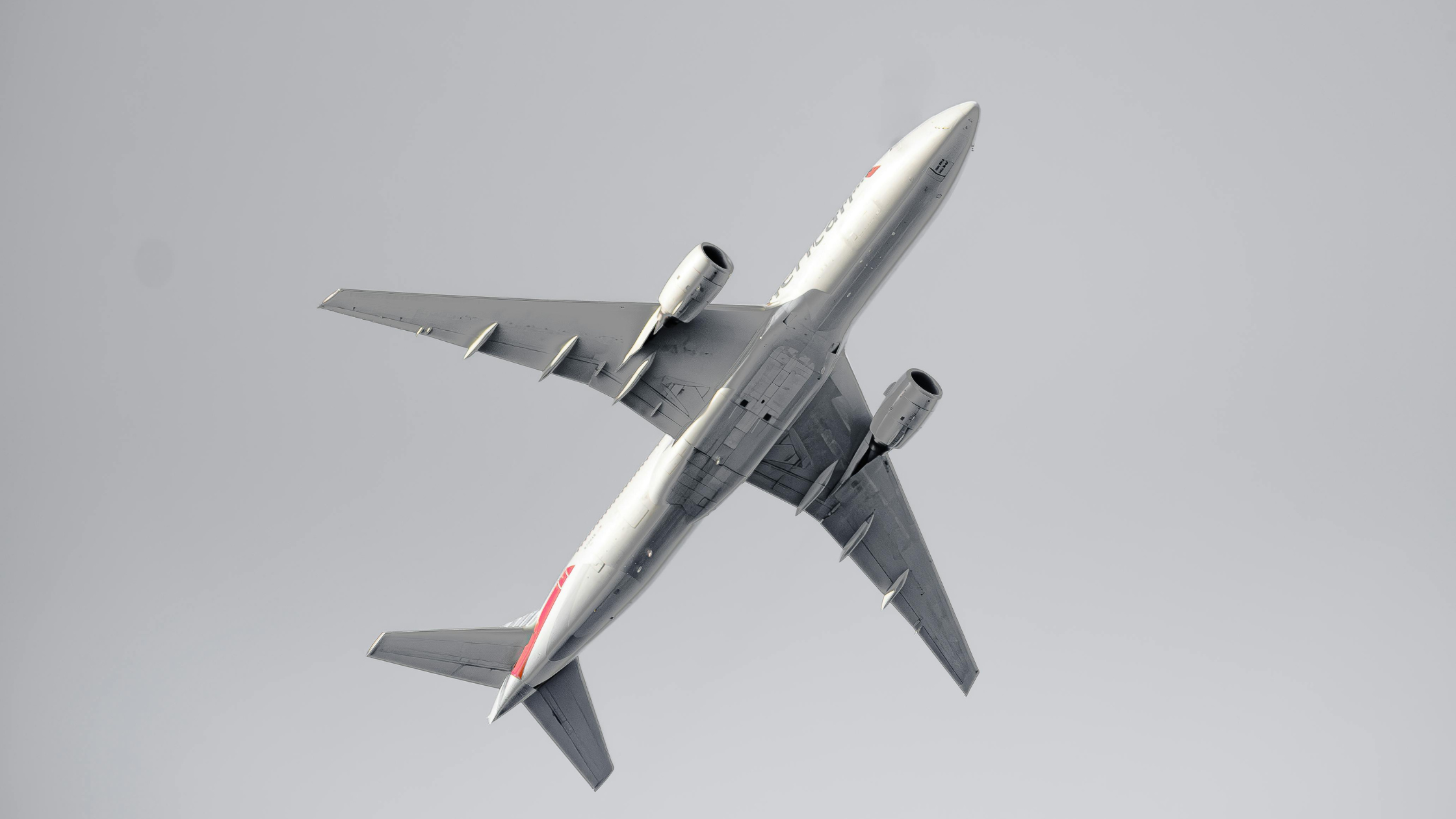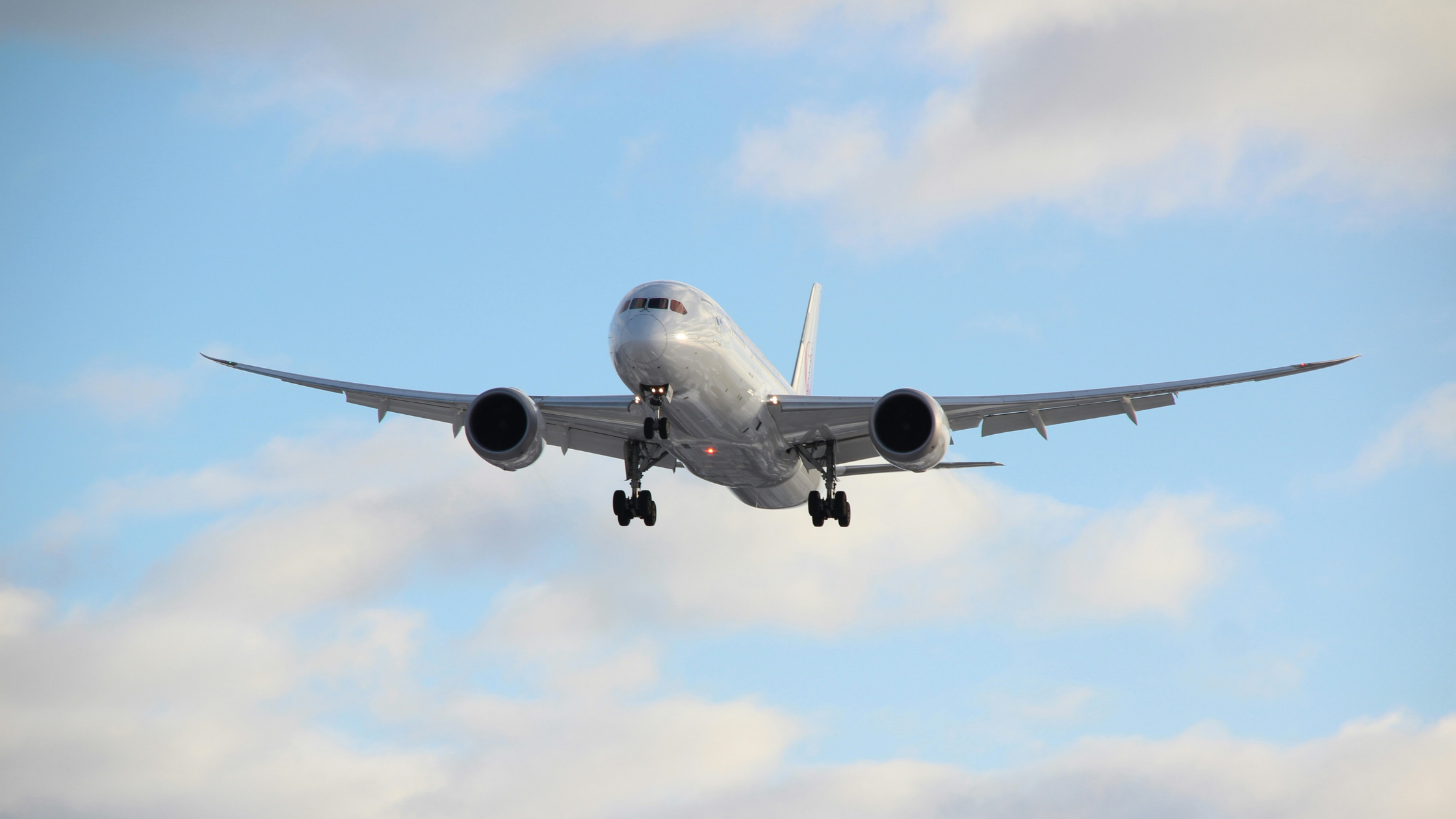15/04/2024
In recent months, the aircraft engine market has continued to see a surge in demand for many engine types following quality issues on the newer generation engines, including the PW1100G, a focal engine in this commentary. These quality issues combined with a lack of spare engines and material for shop visit events, fuel inflated demand as we head into Q2 2024. Furthermore, all aircraft engine product families continue to face above-average cost escalations resulting in higher cost of ownership which continues to prove a challenge for those invested.
As a result, IBA's engine valuations team has increased its narrowbody engine market values and identified some key market factors contributing to this.
The Pratt & Whitney PW1100G has had a difficult service entry, and the previous 12 months are no exception as it continues to navigate through a plethora of issues. Airworthiness Directives (AD) in place since 2023 potentially grounds hundreds of aircraft in 2024 because of the required powder metal inspections and the financial burden of the rework has been made public by the likes of stakeholder MTU. This combined with an existing lack of spare engines within the market is causing turmoil for Pratt & Whitney with a somewhat bleak outlook for the remainder of the year. Turnaround times for shop visits are also higher than expected, owing to component and labour shortages.
At Rolls-Royce, the Trent XWB engine has been at the centre of a dispute between the OEM and Emirates, with Emirates claiming reliability issues of the engine in harsh environments and wanting time on wing guarantees which prevented a substantial order of the engine from taking place at the Singapore Airshow in February 2024. Meanwhile, the Trent 7000 has experienced reliability problems like its sister engine, the Trent 1000, with time on wing limitations facing ongoing criticism from operators. Many operators are looking to prolong the life of some of their older aircraft fleets to mitigate the problems arising from the current generation of engines as well as extend current leases to cover the capacity shortfalls. Some examples of this include Hawaiian Airlines who have extended four A330 leases until 2026 to offset current engine issues as well as IndiGo, who has wet leased a Boeing 777 aircraft for an additional 6 months until June 2024. SGI Aviation has agreed to a 60-month lease term extension until September 2027 on a Boeing 777-300ER with a UAE-based carrier.
Rolls-Royce has made further improvements to the HPT blades on the Trent 1000 TEN which will ultimately improve durability. This new improvement was made available in Q4 2023. Earlier this year, Rolls-Royce reported that labour and supply chain issues are persistent and will be present for at least another 18 to 24 months (into 2026). There continues to be an increase in shop visit demand owing to deferred shop visits following the pandemic. As well as the need for scheduled maintenance, there have been additional pressures on MROs due to the high number of unscheduled shop visits. Consequently, spare engine demand has increased and this has pushed market values up as operators pay a premium to ensure they get their hands on the engines they need to prevent further loss of revenue and support lift. New technology engine values are aligned to OEM list prices and as such base and market values have increased.

Cost escalations continue to impact engines such as the General Electric CF34-10E engine powering the Embraer 190/195. The engine has come in for some criticism concerning the engine portion of total aircraft operating costs and it's having an equivalent cost base to the CFM56-7B. There have been positive signs for demand in the turboprop market, with engines such as the PW150A seeing increased demand despite the tighter control on the aftermarket by the OEM. Pratt & Whitney Canada has been focusing production efforts on the PW127XT engine. Since the PW127XT’s service entry, 76 engines have been delivered to 28th March 2024 according to IBA Insight.
Within the first quarter of 2024, the Singapore Airshow took place, which saw large engine orders being confirmed by many operators. Examples include Thai Airways who confirmed an order of 45 Boeing 787 aircraft all to be powered by the GEnx-1B: a change from the Rolls-Royce Trent 1000 engines powering its existing Boeing 787 fleet. There is a further order option for the operator of 80 aircraft. VietJet Air has signed a Memorandum of Understanding (Mou) with Airbus for the purchase of 20 A330-900 widebodies with 40 Trent 7000 engines. If finalised it will be their first ever widebody order.

The freighter market is also witnessing turnaround market conditions. For the narrowbody types in the market, the surge in capacity (fueled by aircraft return into passenger service post-pandemic) has been compounded by an unprecedented rate of conversion for Boeing 737-800BCFs, with the in-service fleet now over 250 aircraft when accounting for 737-800BDSF/SFs. This has of course pushed numerous 737-300BDSF/SFs and 737-400BDSF/SFs either out of service entirely or into other jurisdictions, some of which would be viewed as being higher risk. CFM56-3C1 market values and lease rates remain stable in the 737 Classic market. Engines with 4,000 – 5,000 cycles remaining until the next shop visit still achieve market values in the mid-USD 1 million, and all-inclusive monthly engine lease rates are fixed at USD 40k per calendar month.
The widebody market features factory-produced freighters and converted types. The only in-production freighters presently are the Boeing 767-300F and 777F, both of which must conclude their production runs by the end of 2027 due to CORSIA regulations. For the time being, both continue to be produced at a steady rate, the 767-300F of course being heavily dependent on FedEx, which is currently undergoing some streamlining measures as it navigates these difficult times; this included removing seven options for the 767-300F. Engines supporting widebody freight operations have seen stable to strengthening market values and lease rates.
In the coming years, the aircraft engine market will continue to experience headwinds as it continues to grow and adapt to meet rising passenger demand in the aircraft engine market. The newer generation of engines are particularly affected by these headwinds because of the ongoing Airworthiness Directive that continues to ground hundreds of PW1100G engines and delays to new aircraft production impact existing airline fleet strategies. We also expect operators will continue to look to offset lost revenue by turning to the current generation aircraft and engines in the interim and are likely to push back any early retirements.